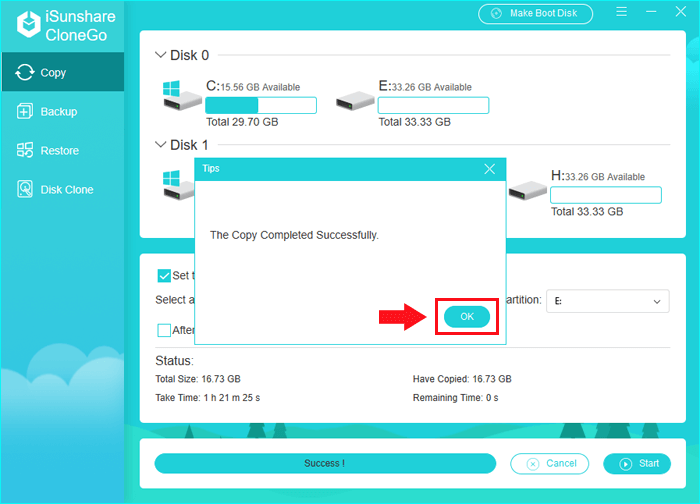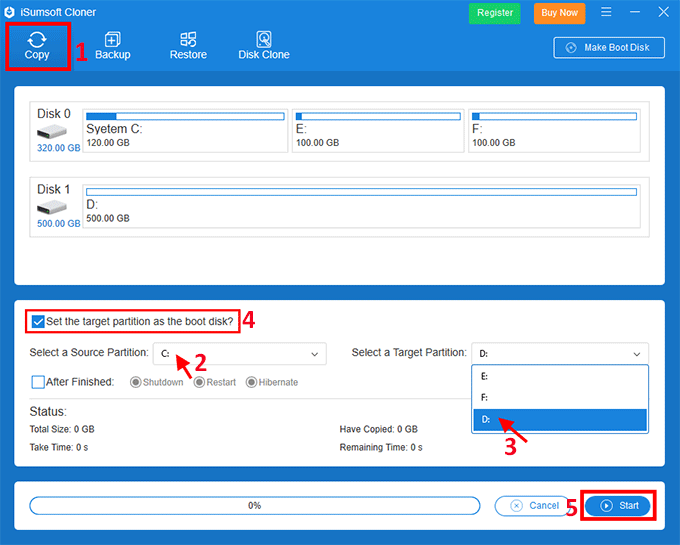

The final step is to consider what to do with the backup you created.

Aside from greater productivity, this will also help users to experience less stress throughout their working day. This is great for business users as they can now complete tasks faster, especially if they have multiple tabs or programs open. This is simple to do, simply click and drag any photos, documents, videos, and sound files back into the area they correspond to such as My Documents, My Music, or My Pictures, as well as any additional folders you use.Īfter completing this, you might soon realise that your PC is much faster at completing tasks. Now you’ll be able to move all your personal data from the backup onto the disc. After locating each user folder, hit Properties, then Location tab, and Move. Its suite of features other than disk and partition cloning might not be valuable to all users, but for those who’re looking for an all-in-one disk management tool, it’s a competitive option when compared with many other tools on this list.Begin by typing C:\users\username, making sure to replace the 'username' with your own. It does what it says without missing out on essential features. Price: 30-day free trial / $42 lifetime licenseĪcronis Disk Director is an easy-to-learn tool for cloning Windows to a new drive. If you’re not clear on how to clone Windows to an SSD, check out our tutorial to guide you through the process. Many of the best tools we’ve listed also help users create image backups, manage disk partitions, recover lost partitions, and more. If you clone Windows to a new SSD, it can help you avoid difficulties and save you quite some time. This can feel like a roadblock to enjoying the superior boot times of the shiny new SSD. Many users running a hard drive or a slow SATA drive face the somewhat daunting and unappealing task of reinstalling their Windows OS on a new, fast NVMe SSD.


 0 kommentar(er)
0 kommentar(er)
